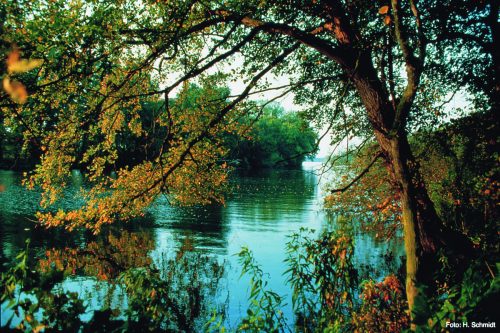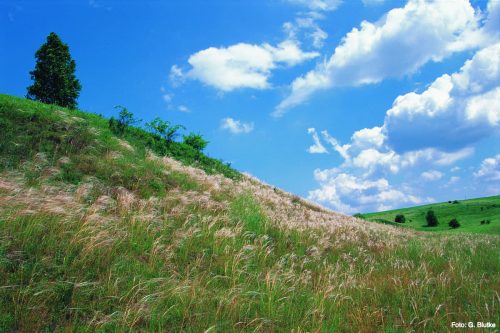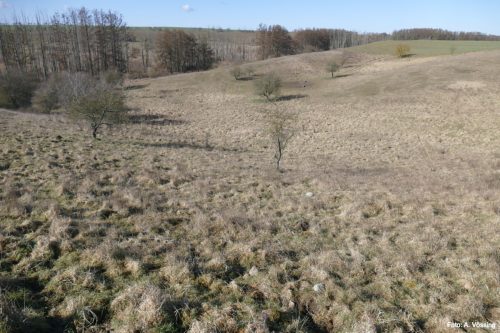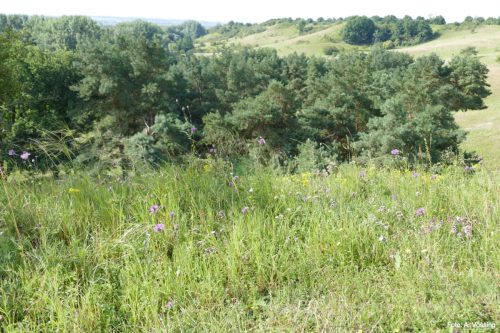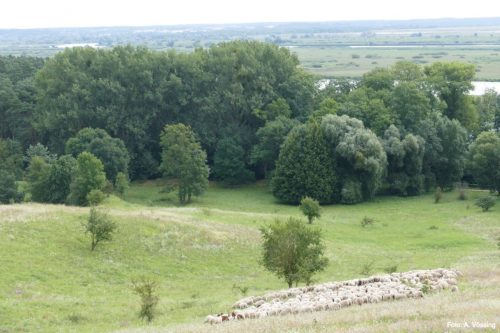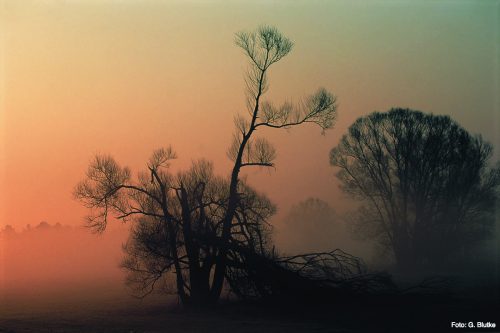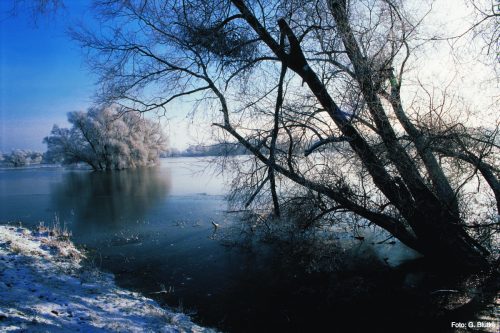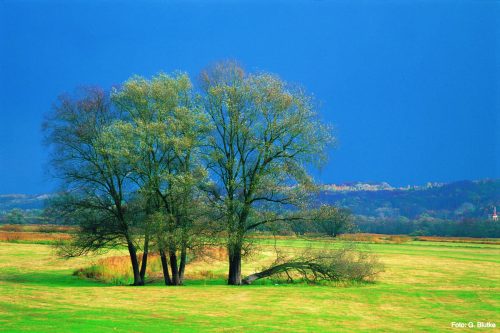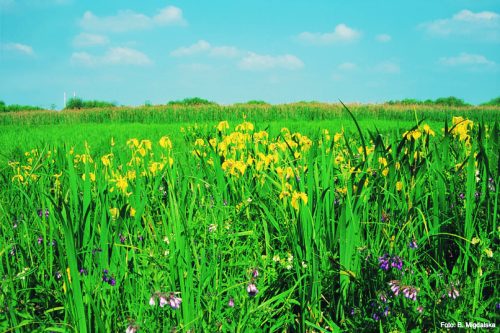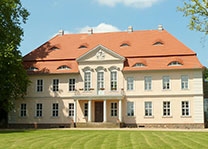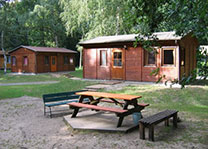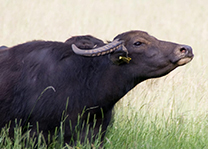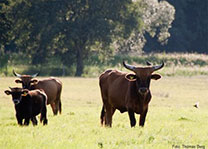The lower Oder Valley is one of the last near-natural river floodplain landscapes in Central Europe, vastly undeveloped and sometimes wild and harsh beauty. Over a length of 60 kilometers and an average width of 3 kilometers, i.e. in a relatively limited space, it combines an abundance of very different habitat types. On the one hand there are the aquatic habitats, whereby a distinction must be made between the river or on the eastern edge of the valley and the Hohensaaten-Friedrichsthaler waterway on the western edge of the valley, in between the many interconnected backwaters in the floodplain itself.
Several crystal clear spring brooks arise from the slopes of the Oder valley, and there are also some larger rivers such as the Welse or Salveybach on the west and the Röhrike (Rurzyca) on the east. In the floodplain itself, the extensive sedge, reed and reed stands are particularly distinctive, but so is the hardwood and softwood alluvial forest, at least in remnants. On the valley slopes, the lateral moraines of the Oder valley, which was formed as a glacial valley in the post-ice age, there are species-rich, natural deciduous forests, and flowery dry grass on the heights.
- Welsesee
- Xeric grasslands
- Salveybachtal in spring
- Flowering dry grass near Mescherin
- Xeric grasslands near Mescherin
- Polder in the fog
- Wet polder in winter
- Landscape in the Oder Valley
- Yellow Swamp Irises



